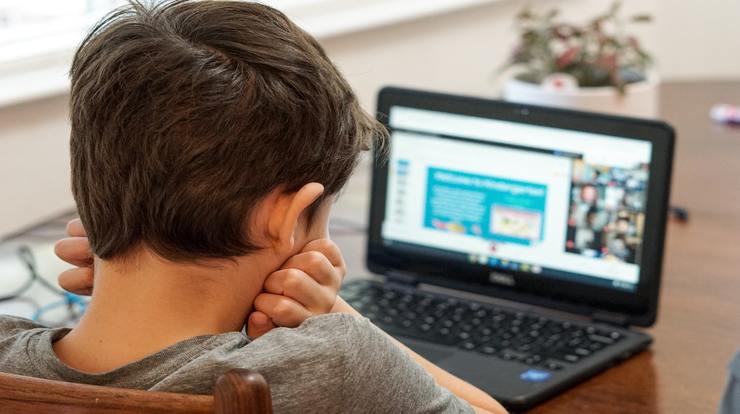An Education Deficit
We’re in the full swing of the back-to-school season. The over 52 million students in this country are experiencing a new type of school year this fall. While some will be back in person, many will continue the distance learning instituted at the end of the Spring semester.
And yet, with all of the changes to curriculum, a surprising 55 percent of schools are leaving out a crucial area of study. Cyber education is offered to less than half of our nation’s students. While it may have been possible to postpone this area of study a decade ago, it’s now time to bring cyber education to the forefront.
The spring news was littered with stories of hacked zoom classrooms and increased phishing scams. Our distance learners are facing a barrage of new threats. School districts are a favorite target for cyber criminals, however administrations are leaving out a crucial piece of their security plans; the children.
Education Begins in Kindergarten
All basic education begins in kindergarten. The foundations for what children will learn are taught during these early years. Curriculum reflects the building blocks of future learning, so why not include cyber education?
With so many distance and hybrid learners this year, cyber education is more relevant than ever. Can your child spot a phishing email? Do they know what is actually from their principal and what is, instead, a clever ruse? Do they know who is flooding their inbox? Furthermore, do they understand the importance of avoiding scams?
The Department of Homeland Security (DOH) has funded an initiative for the past eight years with CYBER.ORG to bring more of this education into the classrooms. The DOH recognizes early cyber education as a major contributor to national security.
Similar to the need for literacy in math, English, and the sciences, cyber literacy is increasingly important in the nation’s infrastructure. While the Cybersecurity and Infrastructure Security Agency (CISA) has provided materials to over 20,000 educators in the eight year initiative, they’ve reached only three million students. That’s just over 5% of learners.
Notable Programs
North Dakota is winning awards for its K-20W Initiative. The program seeks to provide education from the youngest of learners through PhD candidates and into the workforce. The K-20W coalition is comprised of more than 40 public and private sector participants who share a goal of “Every Student. Every School. Cyber Educated.”
This type of forward motion is echoed by the Cybersecurity Moonshot program helmed by Unisys. An homage to President Kennedy’s Moon Shot program from 1961, the 10-year proactive initiative aims to bring a more secure future. Presented to the White House and receiving a unanimous vote by the National Security Telecommunications Advisory Committee (NSTAC), the program has moved into its next phases.
Furthermore, the program aims to begin both short and long term phases. The idea that no student should be without this information is top priority.
Creating Tech Minded Learning
Part of CYBER.ORG’s proposal to increase cyber literacy is to integrate technical terms into other subjects. In other words, children will be solving word problems about gigabytes instead of apples. As career paths tend to include multiple disciplines, this method of thinking brings cybersecurity into the consciousness of the students.
While beginning this type of education early shifts the mindset of students, cyber literacy isn’t solely their responsibility. Those in the current workforce, and those retired from it, have a responsibility to themselves and others to increase their own cyber knowledge. That is to say, continuing education into adulthood benefits everyone.
Change Is In The Air
The smell of pumpkin spice isn’t the only thing in the air this fall. A shift in cyber literacy is taking hold. As we shift into the final chapters of 2020, make an effort to learn what keeps you safe.
Engaging students in conversations about cybersecurity and how it relates to them is a way to begin. Similarly, sharing what you’ve learned from an online class or informative blog post will keep you connected to what they’re learning. That’s the best way to strengthen our collective knowledge.
So enjoy the change, and, as always, stay safe out there.
Photo by Thomas Park on Unsplash




